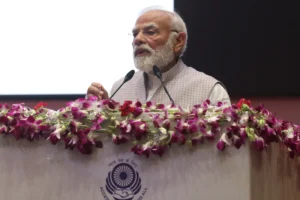
Corneal Transplant
In animal models, researchers from Virginia Commonwealth University and Johns Hopkins University used a nanoparticle-encapsulated eye medication to reduce the risk of corneal graft rejection.
Corneal transplants may be the final step in restoring clear vision to many patients with eye disease. Each year, approximately 80,000 corneal transplants are performed in the United States, with over 184,000 corneal transplant surgeries performed worldwide.
The corneal graft rejection rates, however, can reach 10%. This is mostly because patients do not adhere to their prescribed treatment plans, which call for repeated applications of topical eyedrops over an extended period of time.
When patients exhibit early signs of transplanted corneal rejection, this situation becomes particularly serious. Patients who experience this need to use topical eyedrops hourly to prevent the corneal transplants from failing.
The time-consuming process of eyedrop dosage places a significant load on patients. Noncompliance with medical treatment may result in even greater graft rejection rates.
The research done by the team at Virginia Commonwealth University may improve the success rate of corneal grafts.
Patients would only need one injection shortly after the corneal transplantation operation if the nanoparticles were used to control the release of the drug over time. The nanoparticle approach reversed signs of early rejection and kept corneal grafts viable for six months.
According to the research team’s findings, when utilizing this strategy, the medicine maintains its efficacy for six months on a corneal graft rejection model.
The project’s principal investigator and an associate professor of pharmaceutics and ophthalmology at VCU School of Pharmacy, Qingguo Xu, D.Phil said, “We developed a tiny nanoparticle (around 200 nanometers) that in animal studies allows the release of the drug up to six months after a single subconjunctival injection along the eyeball”.
Also read: Never Sleep With Your Head Pointing North, Here’s Why
To read more such news, download Bharat Express news apps























